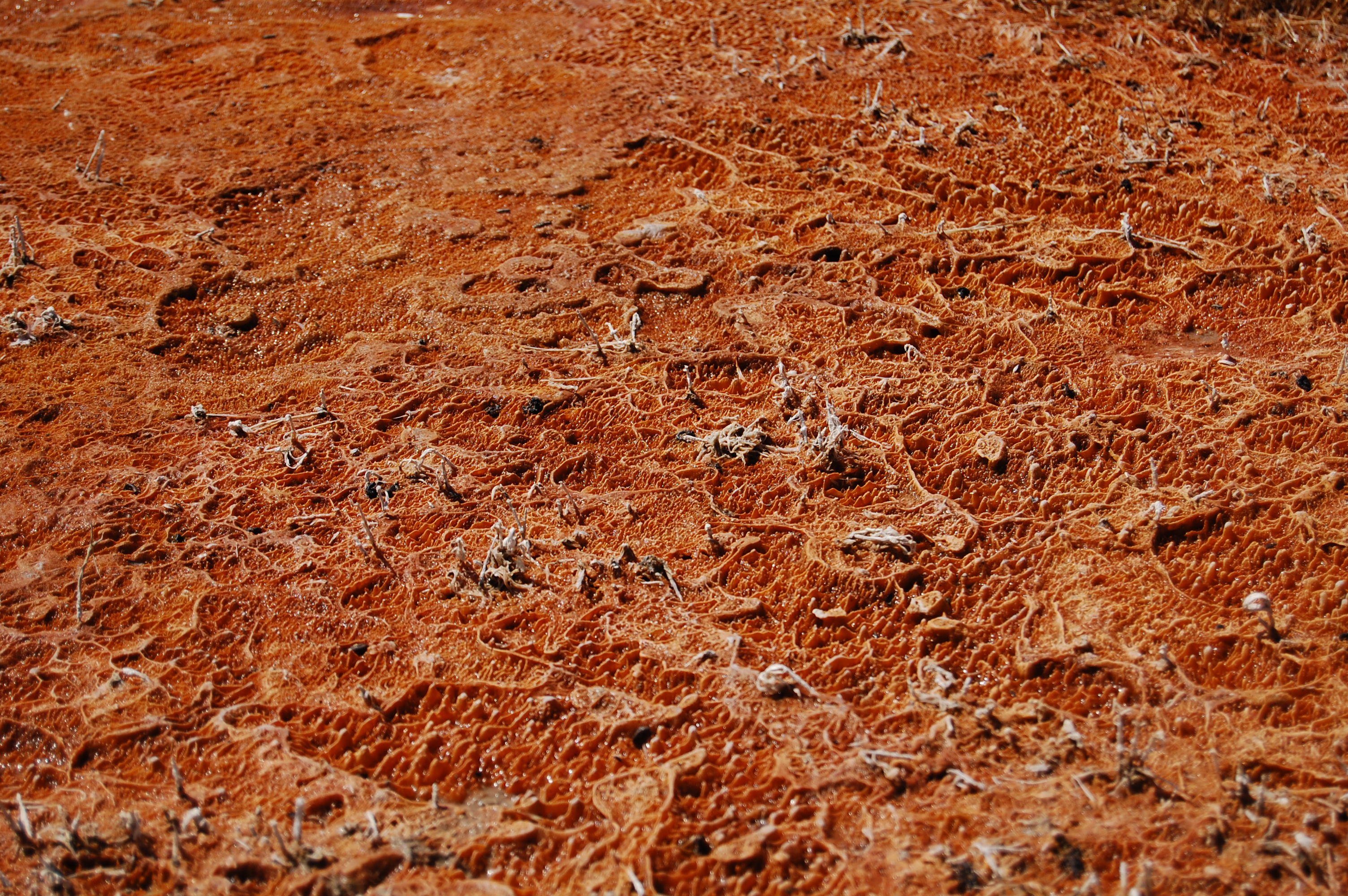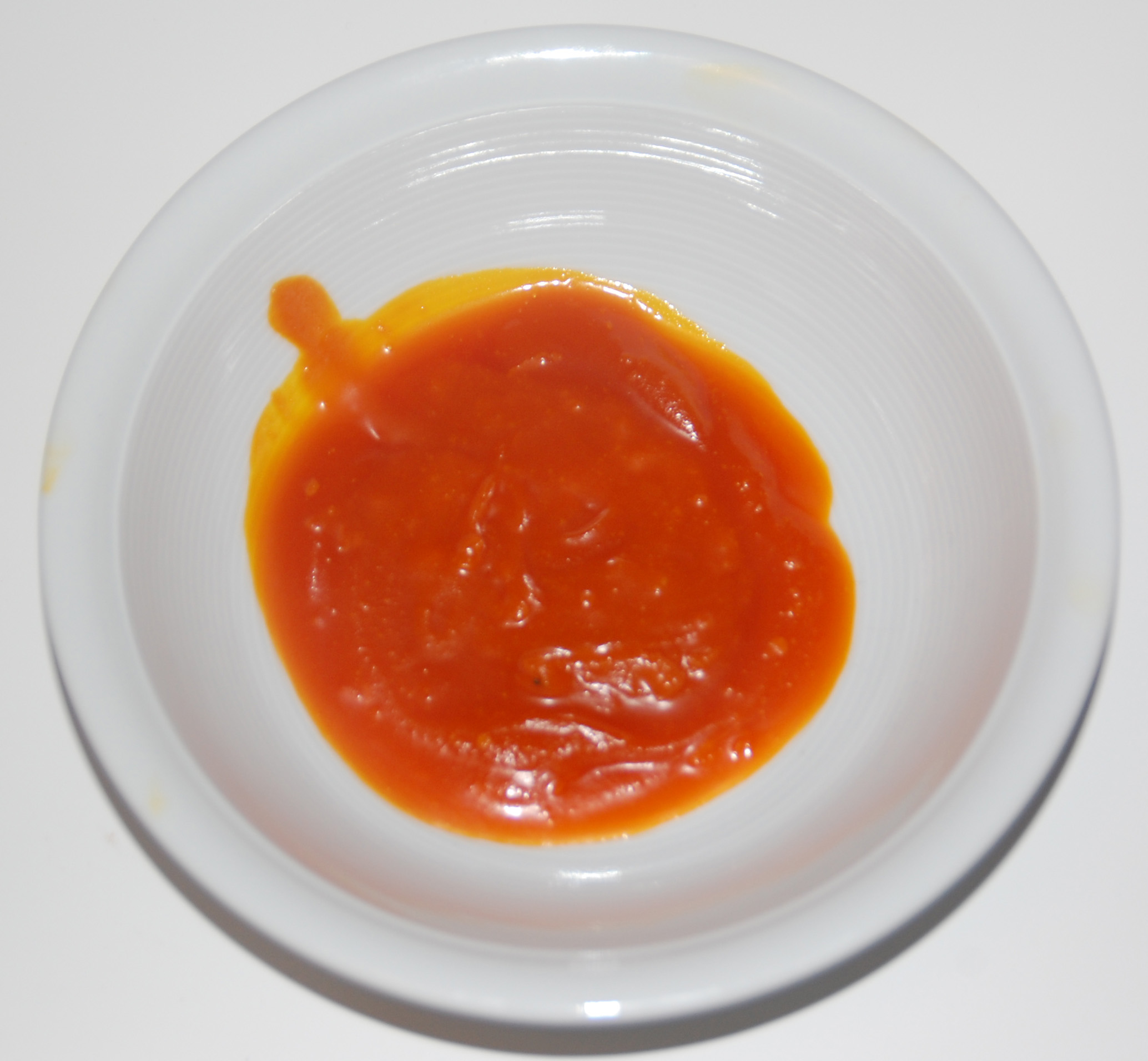|
Geobacillus Jurassicus
Geobacillus jurassicus is a thermophilic bacterium first isolated from a high-temperature petroleum reservoir. It is aerobic, gram-positive, rod-shaped, moderately thermophilic, chemoorganotrophic, and endospore-forming, with type species DS1T (=VKM B-2301T, =DSM 15726T). References Further reading *Nazina, T. N., et al. " he phylogenetic diversity of aerobic organotrophic bacteria from the Dagan high-temperature oil field" Mikrobiologiia 74.3 (2004): 401–409. *Rahman, Raja NZRA, et al. "Geobacillus zalihae sp. nov., a thermophilic lipolytic bacterium isolated from palm oil Palm oil is an edible vegetable oil derived from the mesocarp (reddish pulp) of the fruit of oil palms. The oil is used in food manufacturing, in beauty products, and as biofuel. Palm oil accounted for about 36% of global oils produced from o ... mill effluent in Malaysia." BMC Microbiology 7.1 (2007): 77. *Muñoz, Patricio A., et al. "Thermophilic bacteria present in a sample from Fumarole Bay, De ... [...More Info...] [...Related Items...] OR: [Wikipedia] [Google] [Baidu] |
Thermophilic
A thermophile is a type of extremophile that thrives at relatively high temperatures, between . Many thermophiles are archaea, though some of them are bacteria and fungi. Thermophilic eubacteria are suggested to have been among the earliest bacteria. Thermophiles are found in geothermally heated regions of the Earth, such as hot springs like those in Yellowstone National Park and deep sea hydrothermal vents, as well as decaying plant matter, such as peat bogs and compost. They can survive at high temperatures, whereas other bacteria or archaea would be damaged and sometimes killed if exposed to the same temperatures. The enzymes in thermophiles function at high temperatures. Some of these enzymes are used in molecular biology, for example the ''Taq'' polymerase used in PCR. "Thermophile" is derived from the (''thermotita''), meaning heat, and (''philia''), love. Comparative surveys suggest that thermophile diversity is principally driven by pH, not temperature. Clas ... [...More Info...] [...Related Items...] OR: [Wikipedia] [Google] [Baidu] |
Petroleum Reservoir
A petroleum reservoir or oil and gas reservoir is a subsurface accumulation of hydrocarbons contained in porous or fractured rock formations. Such reservoirs form when kerogen (ancient plant matter) is created in surrounding rock by the presence of high heat and pressure in the Earth's crust. Reservoirs are broadly classified as ''conventional'' and '' unconventional'' reservoirs. In conventional reservoirs, the naturally occurring hydrocarbons, such as crude oil (petroleum) or natural gas, are trapped by overlying rock formations with lower permeability, while in unconventional reservoirs the rocks have high porosity and low permeability, which keeps the hydrocarbons trapped in place, therefore not requiring a cap rock. Reservoirs are found using hydrocarbon exploration methods. Oil field An oil field is an area of accumulated liquid petroleum underground in multiple (potentially linked) reservoirs, trapped as it rises to impermeable rock formations. In industrial te ... [...More Info...] [...Related Items...] OR: [Wikipedia] [Google] [Baidu] |
Gram-positive
In bacteriology, gram-positive bacteria are bacteria that give a positive result in the Gram stain test, which is traditionally used to quickly classify bacteria into two broad categories according to their type of cell wall. The Gram stain is used by microbiologists to place bacteria into two main categories, gram-positive (+) and gram-negative bacteria, gram-negative (−). Gram-positive bacteria have a thick layer of peptidoglycan within the cell wall, and gram-negative bacteria have a thin layer of peptidoglycan. Gram-positive bacteria retain the crystal violet stain used in the test, resulting in a purple color when observed through an optical microscope. The thick layer of peptidoglycan in the bacterial cell wall retains the Stain (biology), stain after it has been fixed in place by iodine. During the decolorization step, the decolorizer removes crystal violet from all other cells. Conversely, gram-negative bacteria cannot retain the violet stain after the decolorization ... [...More Info...] [...Related Items...] OR: [Wikipedia] [Google] [Baidu] |
Chemoorganotrophic
Primary nutritional groups are groups of organisms, divided in relation to the nutrition mode according to the sources of energy and carbon, needed for living, growth and reproduction. The sources of energy can be light or chemical compounds; the sources of carbon can be of organic or inorganic origin. The terms ''aerobic respiration'', ''anaerobic respiration'' and ''fermentation'' (''substrate-level phosphorylation'') do not refer to primary nutritional groups, but simply reflect the different use of possible electron acceptors in particular organisms, such as in aerobic respiration, or nitrate (), sulfate () or fumarate in anaerobic respiration, or various metabolic intermediates in fermentation. Primary sources of energy ''Phototrophs'' absorb light in photoreceptors and transform it into chemical energy. ''Chemotrophs'' release chemical energy. The freed energy is stored as potential energy in ATP, carbohydrates, or proteins. Eventually, the energy is used for life pr ... [...More Info...] [...Related Items...] OR: [Wikipedia] [Google] [Baidu] |
Endospore
An endospore is a dormant, tough, and non-reproductive structure produced by some bacteria in the phylum Bacillota. The name "endospore" is suggestive of a spore or seed-like form (''endo'' means 'within'), but it is not a true spore (i.e., not an offspring). It is a stripped-down, dormant form to which the bacterium can reduce itself. Endospore formation is usually triggered by a lack of nutrients, and usually occurs in Gram-positive bacteria. In endospore formation, the bacterium divides within its cell wall, and one side then engulfs the other. Endospores enable bacteria to lie dormant for extended periods, even centuries. There are many reports of spores remaining viable over 10,000 years, and revival of spores millions of years old has been claimed. There is one report of viable spores of '' Bacillus marismortui'' in salt crystals approximately 25 million years old. When the environment becomes more favorable, the endospore can reactivate itself into a vegetative state. Mos ... [...More Info...] [...Related Items...] OR: [Wikipedia] [Google] [Baidu] |
Palm Oil
Palm oil is an edible vegetable oil derived from the mesocarp (reddish pulp) of the fruit of oil palms. The oil is used in food manufacturing, in beauty products, and as biofuel. Palm oil accounted for about 36% of global oils produced from oil crops in 2014. Palm oils are easier to stabilize and maintain quality of flavor and consistency in ultra-processed foods, so they are frequently favored by food manufacturers. Globally, humans consumed an average of of palm oil per person in 2015. Demand has also increased for other uses, such as cosmetics and biofuels, encouraging the growth of palm oil plantations in tropical countries. The mass production of palm oil in the tropics has attracted the concern of environmental and human rights groups. The palm oil industry is a significant contributor to deforestation in the tropics where palms are grown and has been cited as a factor in social problems due to allegations of human rights violations among growers. In 2018, a repor ... [...More Info...] [...Related Items...] OR: [Wikipedia] [Google] [Baidu] |
Bacillaceae
Bacillaceae, from Latin "bacillus", meaning "little staff, wand", are a family of gram-positive, heterotrophic, rod-shaped bacteria that may produce endospores. Motile members of this family are characterized by peritrichous flagella. Some Bacillaceae are aerobic, while others are facultative or strict anaerobes. Most are not pathogenic, but ''Bacillus'' species are known to cause disease in humans. Gram-variable cell wall Some Bacillaceae, such as the genera '' Filobacillus, Lentibacillus,'' and '' Halobacillus'', stain Gram-negative or Gram-variable, but are known to have a Gram-positive cell wall.Lim, J.M., Jeon, C.O., Song, S.M., and C.J. Kim. 2005''Pontibacillus chungwhensis gen. nov., sp. nov., a moderately halophilic Gram-positive bacterium from a solar saltern in Korea'' Int. J. Syst. Evol. Microbiol. 55:165-170. Nomenclature Taxa within this family are sometimes colloquially identified as "bacilli". However, this term is ambiguous because it does not distinguish ... [...More Info...] [...Related Items...] OR: [Wikipedia] [Google] [Baidu] |




